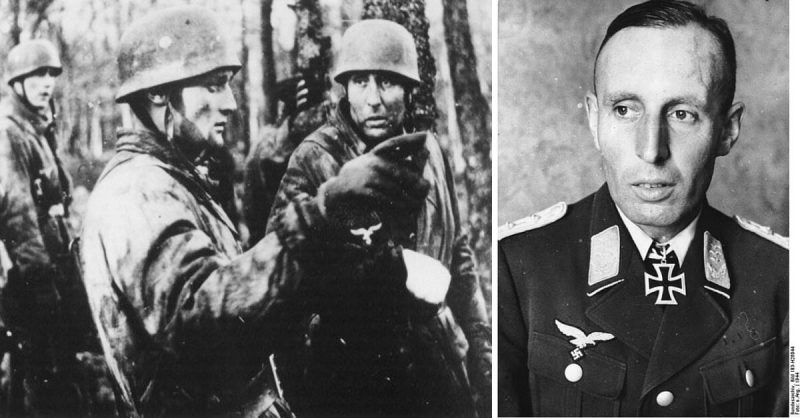Many are aware of the plot to kill Hitler orchestrated by Colonel Schenk Count von Stauffenberg in July of 1944 as it was depicted by Tom Cruise in the movie Valkyrie. But what the movie doesn’t depict beyond the immediate round of up of German officers are those throughout the German military who would have supported such an action but had no immediate role in the attempt.
But Count von Stauffenberg had a cousin who was a high ranking German Paratrooper officer and was loosely connected to the ring of officers who sought to bring down Hitler. An intellectual, Friedrich August Freiherr von der Heydte served in the Germany Army before the Nazis came to power, fulfilled his duty during the war, and would later go on to serve in the West German military as an ally to the West.
An Enlightened Path to War
In 1907, von der Heydte was born to a family with noble distinction. His father served and distinguished himself in World War 1 with the Bavarian Army. Devout Catholics, von der Heydte attended a Catholic School in Munich where it became clear this young man had a bright future ahead of him were it not that the future was heading towards total war. He joined the Weimar Republic Army in 1925 but was released in 1927 to pursue his academic studies.
He first earned an Economics degree from Innsbruck University before following it up with a degree in law at Graz University. Still the academic, he pursued additional studies in Berlin before securing a spot at a diplomatic school in Vienna. Later, he would receive a stipend from the Carnegie Institute for Peace before re-joining the German army in 1935. During these years of academic study, von der Heydte would develop some decisively liberal views. However, as many Germans did during the pre-war years, that wouldn’t stop him from joining the National Socialist German Worker’s Party.
He was promoted to Lieutenant within the Wehrmacht and continued to seek opportunity for academic advancement. He received another temporary release from the military in order to further his education at The Hague. He would study here for two years before attending a General Staff Officer’s course in 1938 and 1939. Then, as the war became imminent, he was called back to his unit as the time for studying had ended.
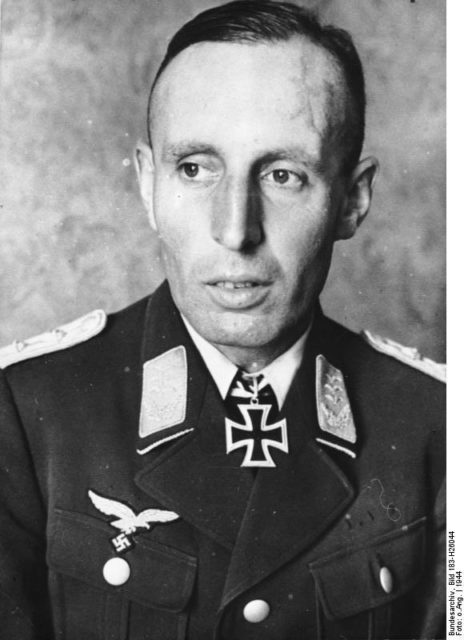
Falling from the Sky
While von der Heydte was initially part of an anti-tank company, he would make a name for himself as part of the German paratrooper force. During the Battle of France, he served as an aide-de-camp for an infantry division and was transferred to the Luftwaffe after being promoted to Captain.
He received his training in jumping and was primed for what would be the first time paratroopers were used en masse during combat.
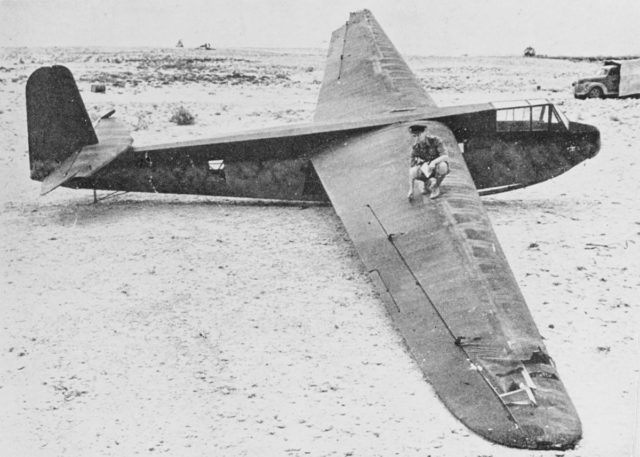
The Battle of Crete began on May 20th, 1941 with a German airborne assault. The Germans would endure heavy casualties in just the first day of battle, and it looked as if the Allies might hold the island. However, once the Germans took a key airfield, it meant they could be reinforced quickly and the island eventually fell to the Germans.
For his actions and leadership during this battle, von der Heydte was awarded the Iron Cross. He would be promoted to Major and see action in North Africa and Italy as well.
One Last Jump
After recovering from a plane crash suffered in Italy, he was posted to Northern France where he would battle the Allied invasion at Normandy. Once it became apparent that the Beachhead would hold, von der Heydte along with the German Army fought their way back to Germany until the infamous Battle of the Bulge.
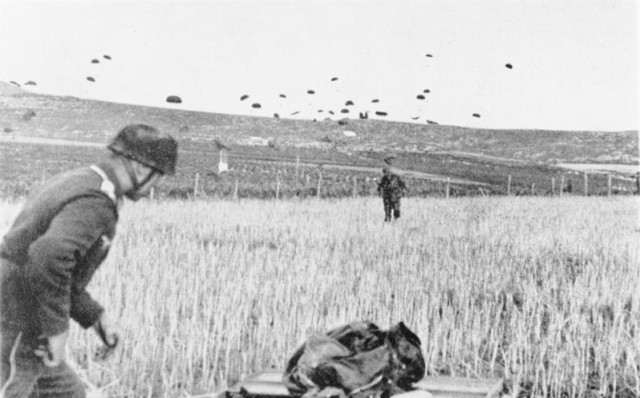
It was here that von der Heydte would make his last jump of the war. By this point, his cousin Claus von Stauffenberg had already conducted his failed attempt to assassinate Hitler and it appeared that von der Heydte had survived the ensuing purge or direct association with the plot.
Von der Heydte was told he would be conducting a secret jump in the coming weeks and would be given 1,200 elite troops. It was revealed this jump would take place as part of Germany’s last ditch offensive. However, it was also revealed that these troops gifted to von der Heydte were hardly elite.
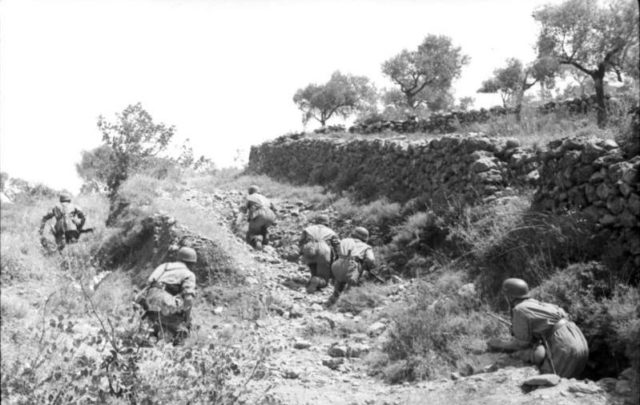
Many had never jumped before and a good number of them were the misfits from other units throughout the Army. The mission would be to jump behind American lines and secure a key crossroad to delay American reinforcements.
This would be the only nighttime jump conducted by the Germans and it couldn’t have gone any worse. High winds scattered the planes and men with some landing as much as 100 miles from one another. Despite jumping with just over 1,000 men, the Americans thought this was a Division sized jump due to their spacing and reports of location. Initially, only von der Heydte and a few men would make it to the crossroads where they reportedly helplessly waived at allied convoys going past who waved back just assuming they were Americans.
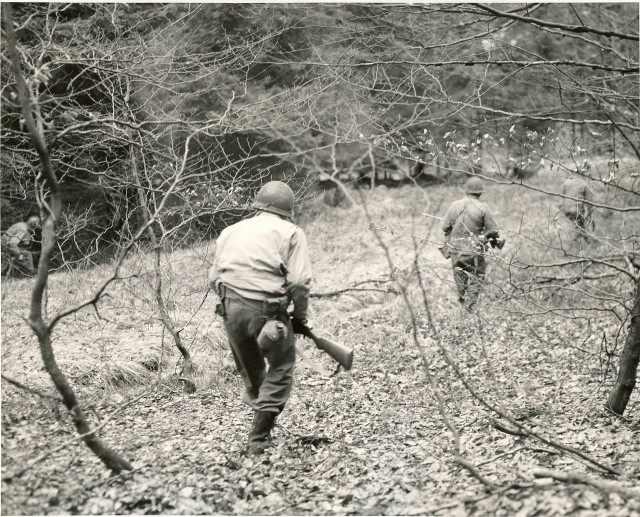
Von der Heydte would break his arm in the jump, but was eventually able to round up 300 or fewer men. They lacked enough ammunition for a sustained fight, and all the radios had been destroyed in the jump. Von der Heydte abandoned the task of holding the crossroads and instructed his men to push east towards German lines.
Despite his wounds, von der Heydte made it to Monschau where he eventually surrendered to the Allies on December 23rd, 1944. He would spend the rest of the war in a POW camp in England.
Released in 1947, it was time for him to pick back up with his academic pursuits. He initially became a professor of constitutional and international law at the University of Mainz before taking up various academic postings throughout Germany. However, in the world quickly divided between the West and the Soviet Union, he wouldn’t abandon his military career.
He would serve in the West German army and eventually rose to the rank of Brigadier General in the Reserves. It was an odd time where former Nazi German officers would quickly become allies in the looming Cold War against the Soviet Union.
Perhaps it was his association with the plot to kill Hitler, his academic prowess, or even his conservative Catholic views, but the Allies determined Friedrich August Freiherr von der Heydte was a man to have on their side.
